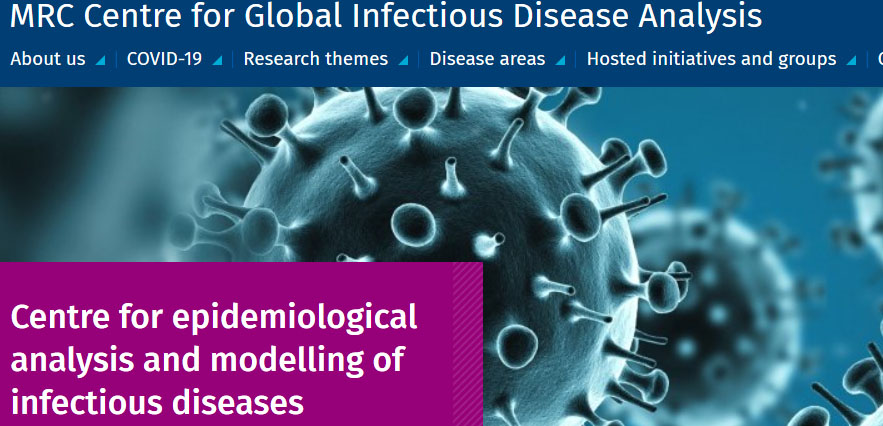As of 20 May 2020, the US Centers for Disease Control and Prevention reported 91,664 confirmed or probable COVID-19-related deaths, more than twice the number of deaths reported in the next most severely impacted country.
In order to control the spread of the epidemic and prevent health care systems from being overwhelmed, US states have implemented a suite of non-pharmaceutical interventions (NPIs), including “stay-at-home” orders, bans on gatherings5.7*, and business and school closures.
We model the epidemics in the US at the state-level, using publicly available death data within a Bayesian hierarchical semi-mechanistic framework. For each state, we estimate the time-varying reproduction number (the average number of secondary infections caused by an infected person), the number of individuals that have been infected and the number of individuals that are currently infectious. We use changes in mobility as a proxy for the impact that NPIs and other behaviour changes have on the rate of transmission of SARS-CoV-2. We project the impact of future increases in mobility, assuming that the relationship between mobility and disease transmission remains constant. We do not address the potential effect of additional behavioural changes or interventions, such as increased mask-wearing or testing and tracing strategies.
Nationally, our estimates show that the percentage of individuals that have been infected is 4.1% [3.7%-4.5%], with wide variation between states. For all states, even for the worst affected states, we estimate that less than a quarter of the population has been infected; in New York, for example, we estimate that 16.6% [12.8%-21.6%] of individuals have been infected to date. Our attack rates for New York are in line with those from recent serological studies [1] broadly supporting our modelling choices.
There is variation in the initial reproduction number, which is likely due to a range of factors; we find a strong association between the initial reproduction number with both population density (measured at the state level) and the chronological date when 10 cumulative deaths occurred (a crude estimate of the date of locally sustained transmission). Our estimates suggest that the epidemic is not under control in much of the US: as of 17 May 2020, the reproduction number is above the critical threshold (1.0) in 24 [95% CI: 20-30] states. Higher reproduction numbers are geographically clustered in the South and Midwest, where epidemics are still developing, while we estimate lower reproduction numbers in states that have already suffered high COVID-19 mortality (such as the Northeast). These estimates suggest that caution must be taken in loosening current restrictions if effective additional measures are not put in place.
We predict that increased mobility following relaxation of social distancing will lead to resurgence of transmission, keeping all else constant. We predict that deaths over the next two-month period could exceed current cumulative deaths by greater than two-fold, if the relationship between mobility and transmission remains unchanged. Our results suggest that factors modulating transmission such as rapid testing, contact tracing and behavioural precautions are crucial to offset the rise of transmission associated with loosening of social distancing.
Overall, we show that while all US states have substantially reduced their reproduction numbers, we find no evidence that any state is approaching herd immunity or that its epidemic is close to over.
MRC Centre for Global Infectious Disease Analysis







